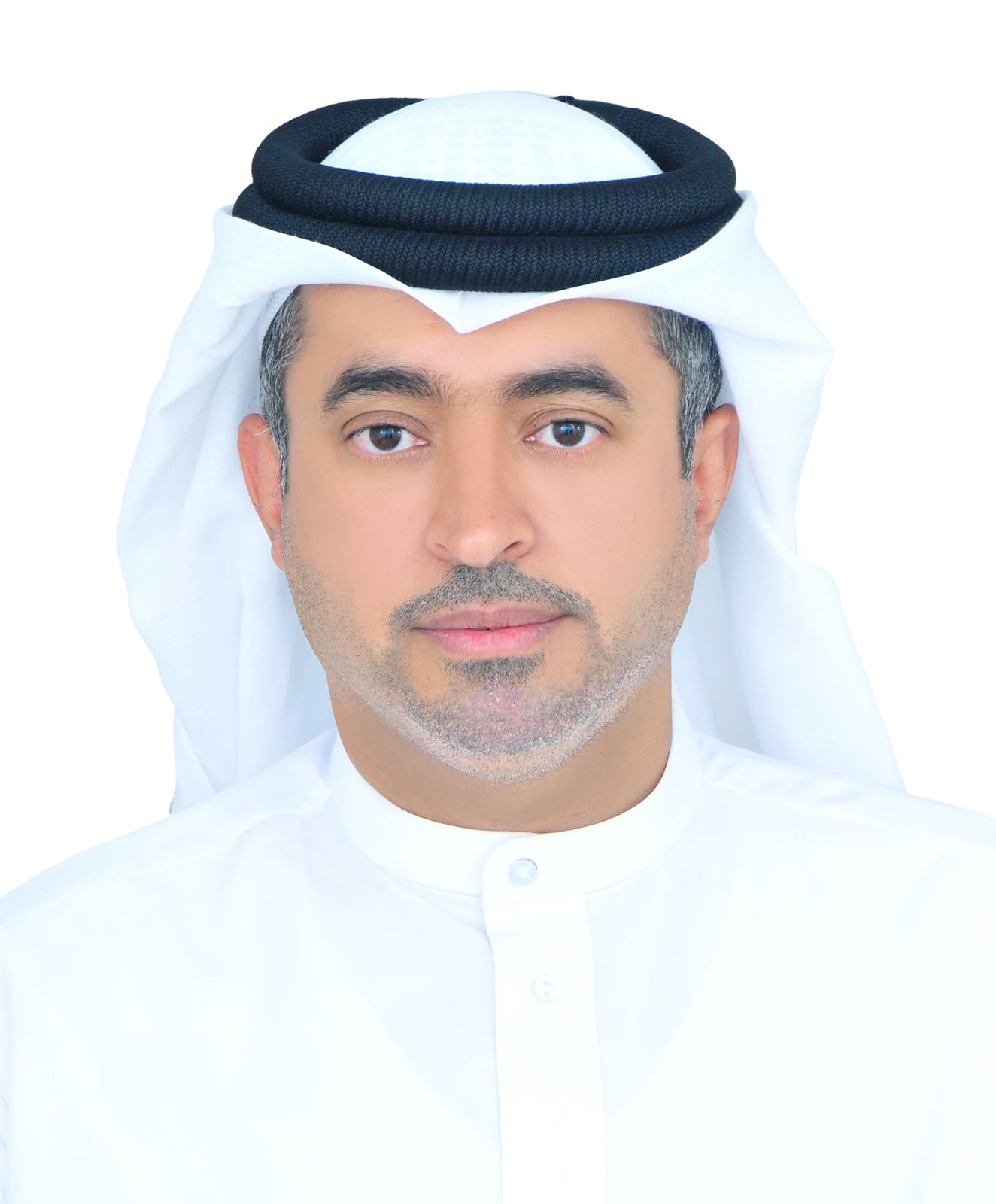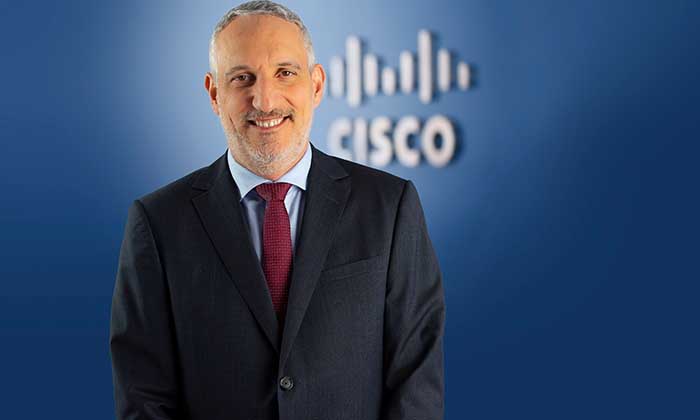In its ongoing commitment to reducing bureaucracy, Emirates Health Services (EHS), represented by Kalba Hospital, hosted a Customer Council at Bait Sheikh Saeed Bin Hamad Al Qasimi. This initiative aimed to gather valuable feedback from clients to streamline service access, aligning with the goals of the "Zero Government Bureaucracy" program and EHS strategic vision, in accordance with the directives of the UAE's leadership.
Dr. Khaleil Ibrahim Almatrooshi, Director of Kalba Hospital, emphasized the hospital's dedication to enhancing transparency through direct engagement with customers. He noted, "We are committed to meeting our customers’ expectations as part of our continuous improvement journey, with the goal of boosting their happiness and satisfaction. Our vision is to provide flexible and integrated healthcare services that adhere to the highest standards."
The council focused on several key areas to elevate hospital services and improve the quality of care provided. Discussions focused on enhancing physiotherapy and pharmacy services to better meet client needs, leading to the development of innovative solutions that aim to enrich the customer experience and deliver services with maximum efficiency and speed.
Furthermore, the session included a detailed examination of the customer journey within the hospital, mapping it out in distinct phases while identifying potential challenges and proposing actionable solutions to address them. This comprehensive approach is designed to deliver an exceptional experience that surpasses client expectations and enhances overall satisfaction.
Notably, the Customer Happiness Center at Kalba Hospital recently achieved a prestigious 5-star rating in the Global Service Star Rating System, following a series of targeted improvements aimed at increasing client satisfaction. These enhancements resulted in a Mystery Shopper score of 96% and a Customer Pulse indicator of 90%. Key improvements included streamlining payment processes, extending outpatient clinic hours, and introducing new services such as medication delivery and automated appointment scheduling. Additionally, the center’s infrastructure was upgraded with redesigned spaces and an increased number of medical and administrative staff, significantly reducing wait times and ensuring the delivery of high-quality medical services that align with client expectations.
ENDS
















